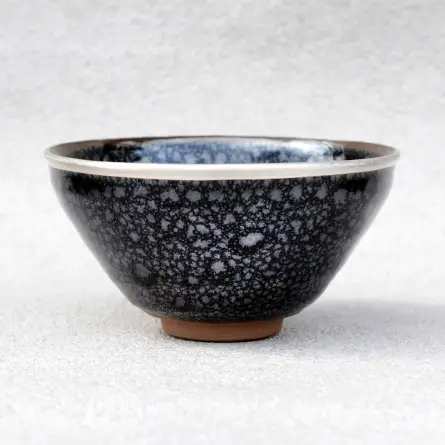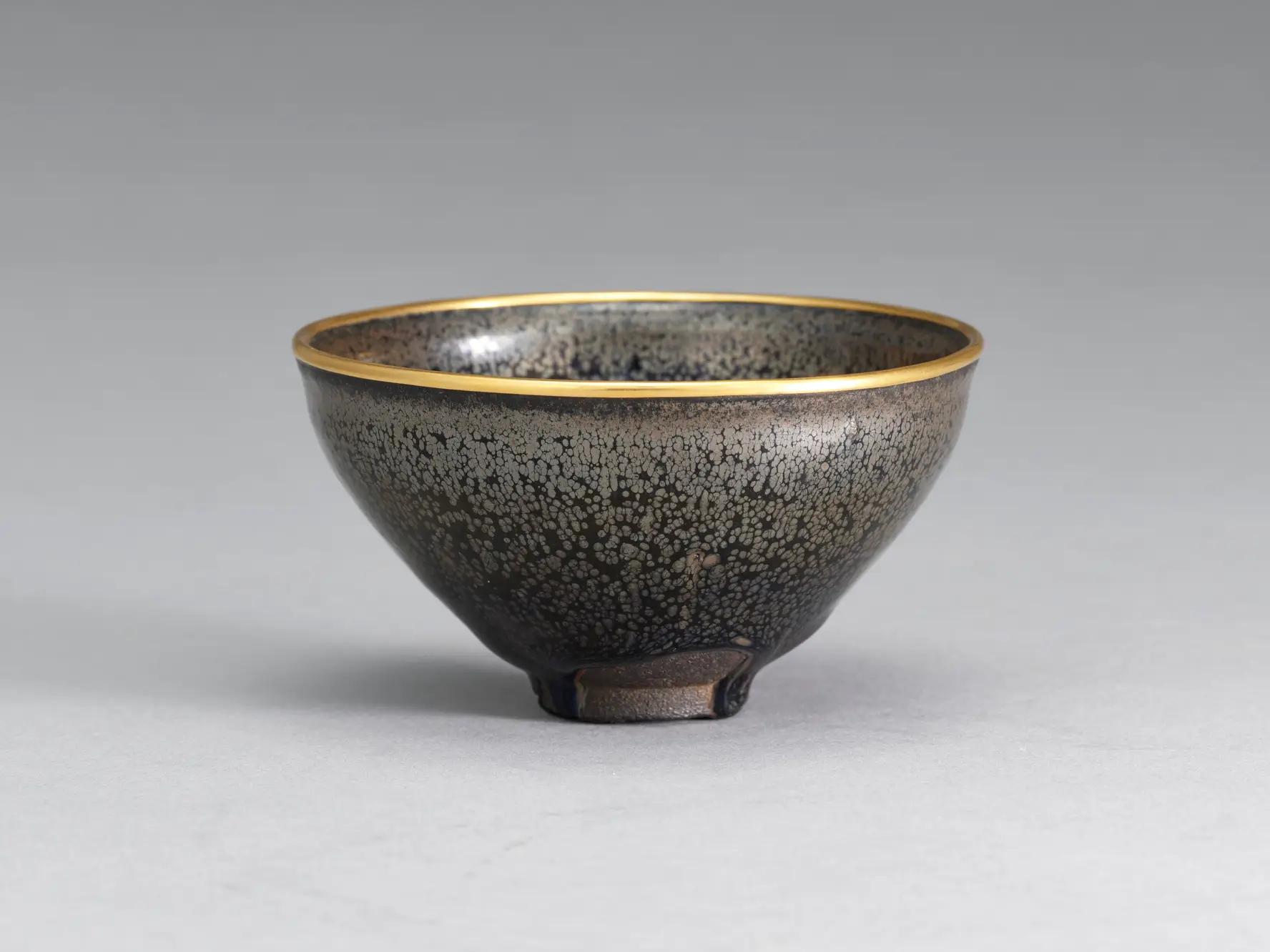What Makes Yuteki Tenmoku Tea Bowls Special
Yuteki Tenmoku tea bowls, with their mesmerizing speckled glazes, hold a special place in the world of ceramics. As I delve into their beauty, I am continually captivated by the intricate craftsmanship and rich history behind these bowls. Originating from the Song dynasty in China, these bowls are known for their unique oil-spot patterns that form during the firing process. The interplay of iron-rich glazes creates a stunning visual effect reminiscent of a starry night sky, with shimmering spots that seem to dance across the surface.
One of the most fascinating aspects of Yuteki Tenmoku bowls is the serendipity involved in their creation. The specific conditions within the kiln can lead to unexpected results, resulting in each bowl being a one-of-a-kind masterpiece. This unpredictability adds to their allure, making them not just functional tea vessels but also cherished works of art.

The significance of these bowls extends beyond aesthetics. They embody a cultural tradition that intertwines art and tea rituals, particularly in Japan, where they are used in the tea ceremony known as chanoyu. This practice emphasizes mindfulness and appreciation for the moment, making the experience of drinking tea not just about taste but also about connection and tranquility.
Frequently asked questions about Yuteki Tenmoku tea bowls often revolve around their care and use. To maintain their beauty, it is essential to hand wash them with gentle soap and avoid harsh chemicals. Many enthusiasts wonder about their historical value; indeed, some Yuteki Tenmoku pieces are recognized as Important Cultural Properties in Japan, highlighting their significance in both art and history.
In conclusion, Yuteki Tenmoku tea bowls are special not only for their stunning visual appeal but also for their deep-rooted cultural significance. They invite us to slow down and appreciate the simple pleasure of tea, reminding us that beauty can be found in both art and everyday moments.







